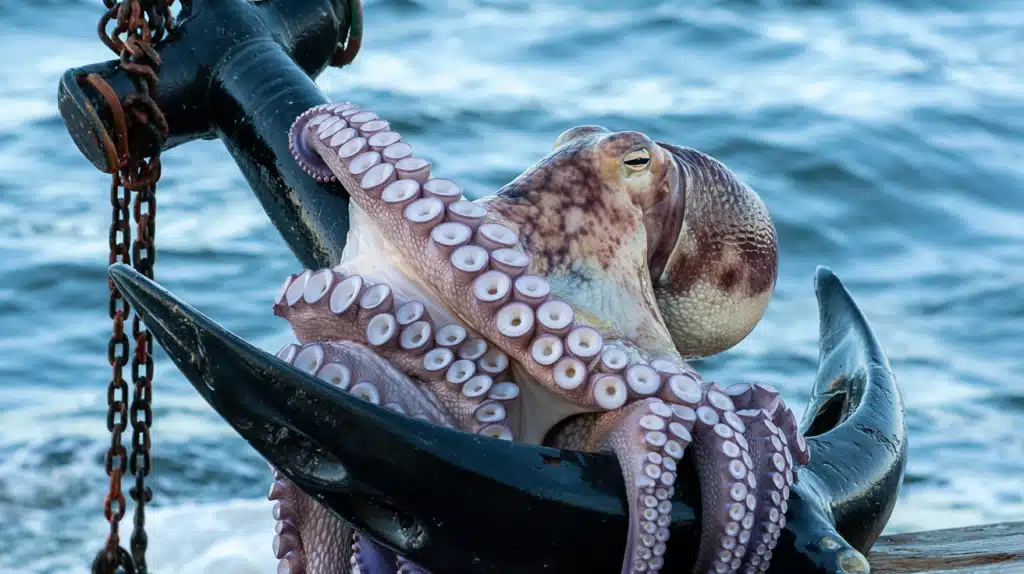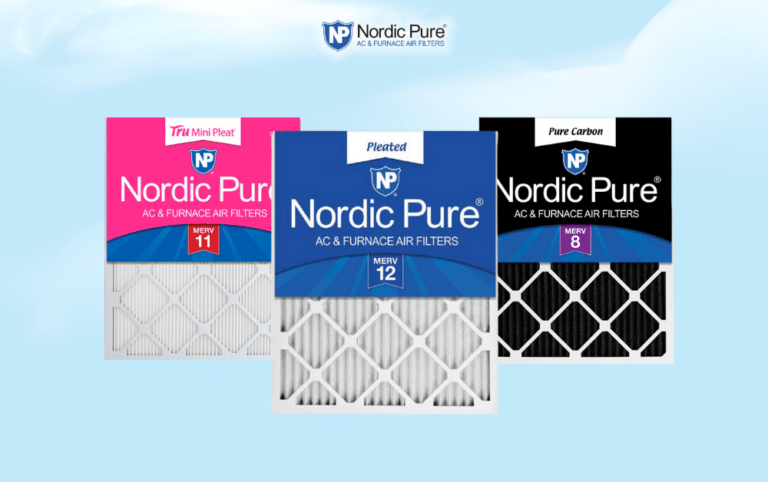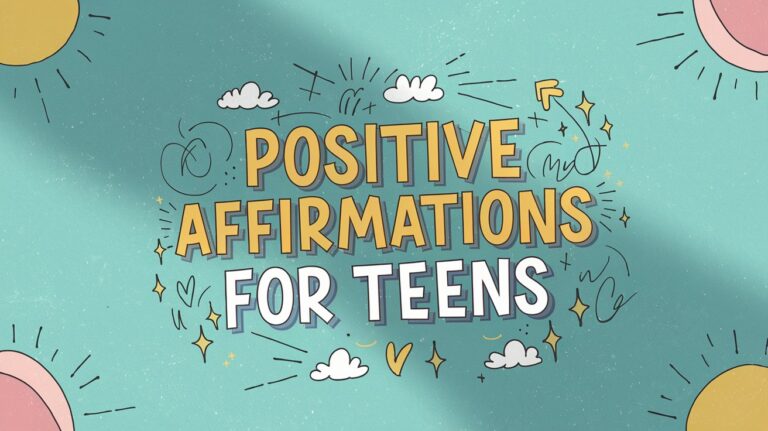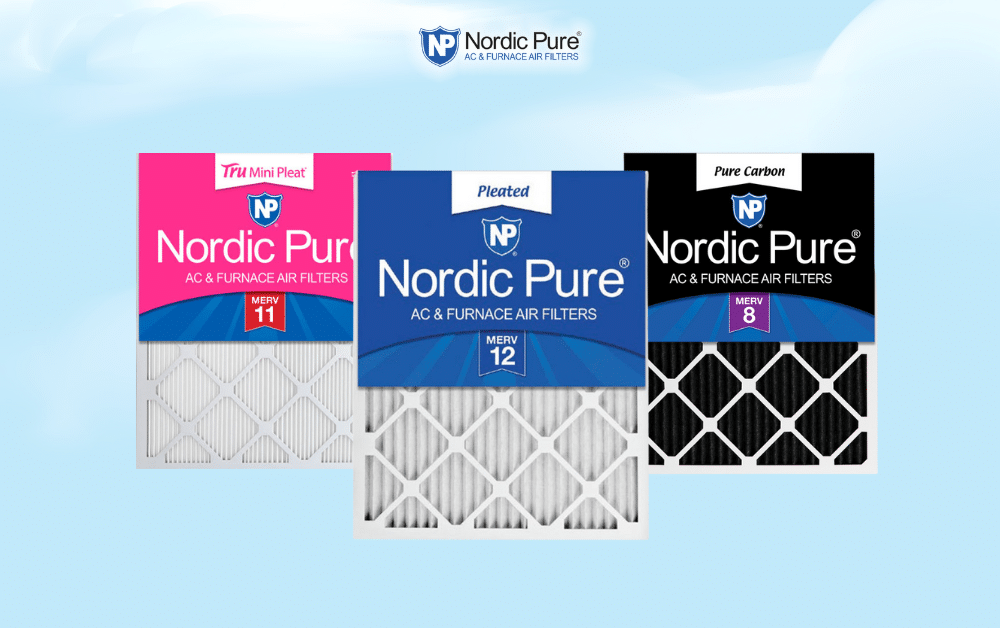Ever wondered what color is an octopus really? It’s a question that seems simple at first. But when I tried to answer it for my curious five-year-old nephew, I found myself stuck without a clear answer.
These eight-armed sea creatures don’t make it easy for us with their color-changing skills.
Here’s something you might not know: Octopuses don’t just have one true color! They’re masters of disguise who can change their look in seconds to match their surroundings. And the reason behind this skill goes way beyond what most people think.
In this post, I’ll show you the facts about octopus coloration, how they pull off these quick changes, and why this matters in their underwater world.
What Color is an Octopus Naturally?

When octopuses are just hanging out and not trying to hide, most of them are brownish or grayish in color. Think of this as their “default” setting. This neutral shade helps them blend in with the ocean floor when they’re relaxed.
There’s no single “true” color for all octopuses! Different types have different base colors. Some species start with a reddish-brown tone, while others might be more yellowish or even slightly blue.
The common octopus, which lives in many oceans around the world, usually has a brown-gray base color. The blue-ringed octopus stands out with its yellowish skin and bright blue rings.
Though an octopus rarely stays one color for long. Their skin contains special cells called chromatophores that let them change colors quickly. This helps them hide from hungry predators or sneak up on their next meal.
The natural color of an octopus is just their starting point – like having a blank canvas, they can paint on whenever they need to!
The Range of Colors Seen in Wild Octopuses
Wild octopuses can show an amazing range of colors. Here are the main colors you might spot on octopuses in the ocean:
- Brown – This is the most common color you’ll see on many octopus species. They use different shades of brown to blend in with rocks and the sea floor.
- Red – When octopuses swim into deeper water, they often turn red. This color is hard to see in deep water because red light doesn’t reach that far down.
- White – An octopus might turn white when it’s startled or scared. This quick color change can confuse predators.
- Blue – Some species, like the blue-ringed octopus, show bright blue spots as a warning sign. These blue rings tell other animals to stay away.
- Yellow – Yellow patches often appear when an octopus is trying to warn others that it might be dangerous to eat.
- Green – Octopuses use green to match seaweed and other plants in their home.
- Purple – Some octopuses can show purple spots or bands when they want to stand out.
- Black – When an octopus feels threatened, it might turn very dark or black to look bigger and scarier.
How Octopuses Use Color for Communication
Octopuses are silent talkers who use their bodies to send messages. Let’s look at how they chat with colors!
The Silent Language of Color
Octopuses don’t make sounds to talk. Instead, they use color changes to send messages to other sea animals and even to other octopuses.
Mood Signals
When an octopus feels angry, it might turn dark red or brown. If it’s scared, it could flash white or pale colors. These quick color shifts tell others how they feel.
Warning Messages
Some octopuses flash bright colors to say “stay away!” The blue-ringed octopus shows its bright blue rings when it feels threatened – a clear sign it’s dangerous.
Mating Colors
Male octopuses put on their best colors to catch a female’s eye. They might show off with special patterns or bright spots that female octopuses find attractive.
The Color Wave
When octopuses get excited, they can make waves of color move across their body. This helps them talk to other octopuses far away.
Camouflage Conversations
Even when hiding, octopuses are sending a message: “You can’t see me!” This silent signal helps keep them safe from bigger animals looking for lunch.
How to Identify the Color Variations of an Octopus

Want to know which octopus you’re looking at?
Their colors can help you figure it out! Here’s how to spot the differences between types of octopuses by their colors.
Look at the patterns first. Some octopuses have spots, while others have stripes or rings. The blue-ringed octopus has small blue circles that glow when it feels scared.
Check the base color too. The common octopus usually starts with a brown-gray shade. The day octopus often looks brighter and colorful, with yellows and blues mixed in.
Pay attention to how fast the colors change. Some species can switch colors in less than a second, while others take longer to change. Notice where the octopus lives. Those living among colorful coral reefs tend to have more bright colors than those living on plain sandy bottoms.
Watch how they act when spotted. Some show warning colors when upset, while others try to match their background to hide. Taking photos can help, too! Compare what you see with images in books or online guides to find the right match.
Remember – an octopus’s mood can change its colors, so what you see might be a mix of its species color and its current feelings!
How Octopus Size Affects Its Color Pattern
The size of an octopus influences its color pattern, with larger octopuses displaying more complex and varied colors for camouflage and communication. Smaller octopuses tend to have simpler, more vivid color changes to blend into their environment quickly.
Small Octopus, Simple Colors
Baby octopuses have fewer color cells in their skin. This means they show more basic patterns and can’t make complex color displays yet.
Growing Means More Color Cells
As octopuses grow bigger, they develop more chromatophores – the special cells that control color. More cells mean better color control!
Big Octopus, Big Color Shows
Full-grown octopuses can create detailed patterns and even make waves of color move across their body. This looks really cool in the water.
Giant Pacific Champions
The giant Pacific octopus, one of the largest species, can show the most impressive color displays of all. Their huge size gives them more skin for changing colors.
Tiny But Bright
Small octopus species make up for their size with bright warning colors instead of complex patterns. The blue-ringed octopus is a good example with its glowing blue spots.
Size Makes A Difference
The next time you see different-sized octopuses, notice how the bigger ones can show more detailed color patterns compared to the smaller ones!
Interesting Facts About Octopus Colors
- Octopuses can change their color and texture instantly to blend into their surroundings or communicate with other octopuses, which helps them hide from predators, attract mates, and adapt to different environments.
- Octopuses can change their skin color in an instant, using thousands of specialized cells called chromatophores just below the surface of their skin.
- Chromatophores contain sacs of pigment in colors like black, brown, orange, red, or yellow, which become visible when muscles expand the sacs.
- In addition to chromatophores, octopuses have iridophores and leucophores that reflect light to create iridescent greens, blues, silvers, golds, and even mirror their surroundings.
- Octopuses use color changes for camouflage, communication, and to warn predators, such as the blue-ringed octopus, which flashes bright rings as a warning.
- Their skin can also change texture, using tiny bumps called papillae, to better match rocks, corals, or other surfaces.
- Octopuses can combine different layers of chromatophores to create a wide array of hues, making their color changes highly dynamic.
- The process is controlled directly by the octopus’s brain, allowing rapid and precise color and texture shifts.
- Some octopus species can appear nearly transparent on sand, dark and mottled on rocks, or display vivid spikes of orange, red, and brown on coral.
The Bottom Line
Now you know the truth about what color is an octopus – there isn’t just one! These smart sea creatures use a palette of browns, reds, blues, and more to survive and communicate in their underwater world.
From their default resting shades to their warning signals, every color change tells a story. Size matters too – bigger octopuses can create more complex patterns than their smaller relatives.
Next time you visit an aquarium, spend a few minutes watching an octopus. Notice how its colors shift and change.
Can you guess what it might be “saying” with those color waves?
If you enjoyed learning about octopus colors, you might like my post about how octopuses solve puzzles. Their intelligence is just as colorful as their appearance! What’s your favorite fact about octopus colors? Share in the comments below!


















